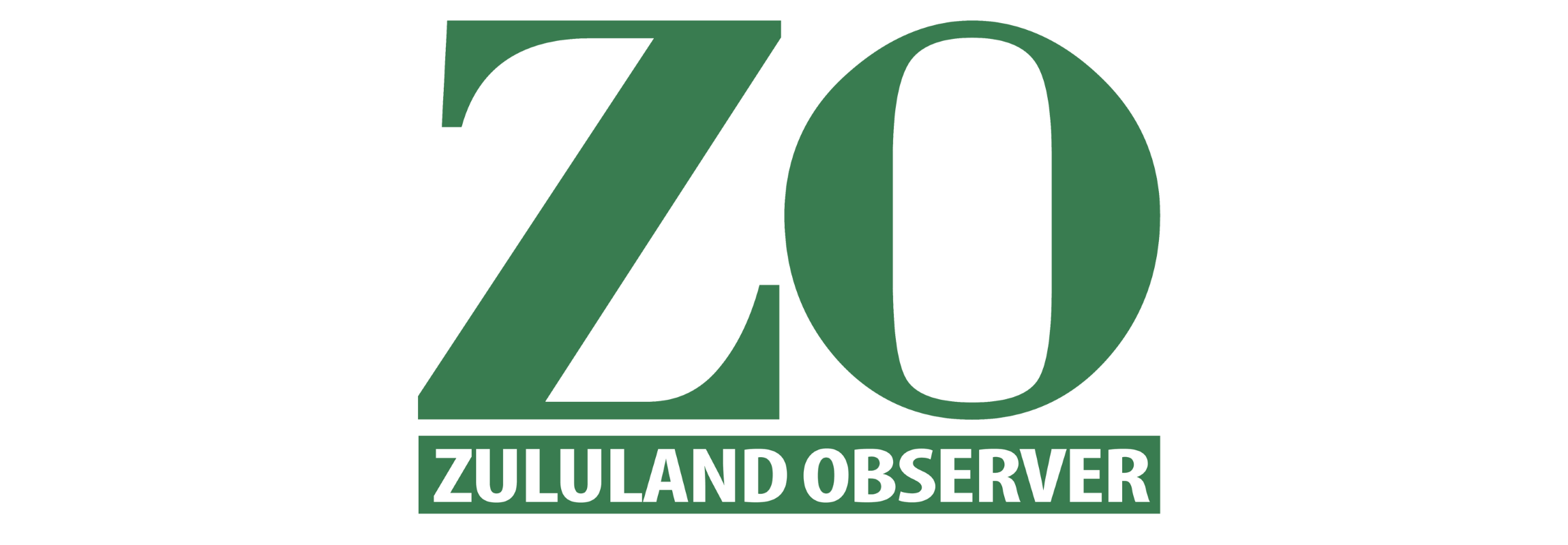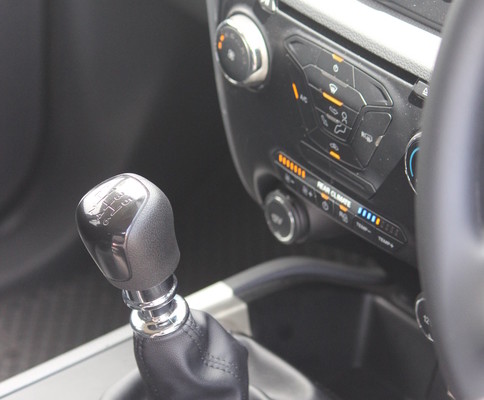Test drive – 2.2-litre Ford Everest Manual
The 2.2-litre turbo-diesel proved man enough to pull the big Everest body around and the six-speed auto box behaved like any other modern self-shifter

FORD recently increased the Everest range by adding six new models, and last month I drove the new XLS 2.2 TDCI 2WD with automatic transmission (Eyethu Bay Watch, 14 December).
The 2.2-litre turbo-diesel proved man enough to pull the big Everest body around and the six-speed auto box behaved like any other modern self-shifter.
Of the drive train I had this to say, ‘The engine is big enough to tell the transmission what to do, but response is slow’.
I pointed out that a ‘laid back’ drive is typical of all automatic transmissions and that those who prefer a more engaging drive should opt for the manual version.
This month, for those old school drivers out there who still prefer a more hands-on drive, I have tested the XLS 2.2 TDCI 2WD with six-speed manual transmission.
Before I release the clutch on this test drive, I just need to say, again, that the 2.2 TDCI engine, with its 118kW and 385Nm, is able to pull the oversized Everest body around comfortably.
In town and out on the open road, performance is quite acceptable and on par with other vehicles in this class fitted with similar sized turbo diesels.
On highway straights the 2.2 TDCI gets up to cruising speed without effort and 150km/h is no problem, even though the car is quite heavy.
Where the Everest does overtake rival SUVs is when it comes to ride quality, because the suspension which it gets from the Ford Ranger is really forgiving and in a class of its own on gravel roads.
Manual vs auto
It’s fascinating how the exact same engine can behave very different when the transmission is changed.
In town, when pulling away with the manual gearbox, I was able to control the revs to my advantage to get away much quicker than with the automatic.
This is because the turbo starts spinning at around 1 300rpm, and with a manual the experienced driver is capable of staying longer in the optimum power band.
While the auto is easier to drive in an urban setting by shifting for you as often as it deems necessary, the manual gives you total control.
The engine’s diesel growl is also much more prominent, which is probably because when driving a manual one tends to hold gears longer, compared to an auto which shifts when it feels the revs are too high.
It is work driving the manual in town because of the frequent shifts, but the reward is quicker getaways at congested traffic lights.
Old school drivers will appreciate and maybe even prefer the manual, while those wanting a more relaxed drive will be more than happy with the automatic transmission taking over.
Out on the open road it’s the same story – the driver being the one to decide when a gear change is necessary.
You can hold a specific gear longer and when overtaking the engine’s response through the manual gearbox and accelerator is more direct.
And while modern automatic transmissions don’t constantly ‘fish’ for gears like they did 30 years ago, today’s self-shifters still have a bit of a ‘auto-whine’, something you will never hear in a vehicle with a manual transmission.
At this point one can ask – but what about fuel consumption?
Which will give the best fuel economy, manual or auto?
In my opinion there shouldn’t be much difference between the two and Ford also gives figures for these two vehicles which are not far apart – 6.9-litres to 100km for the 2.2 TDCI Everest with six-speed manual and 7.35-litres to 100km for the six-speed auto.
The new 2.2-litre Ford Everest is a solid SUV which can hold its own against other offerings in this class.
It has a bold look, loads of space and all the modern luxuries you need for a comfortable journey.
The XLS 2.2 TDCI manual is priced at R458 900 and will suit the driver who wants to be in total control of the drive train at all times.
At R475 900 the XLS TDCI auto costs a bit more and will appeal to those who prefer a more relaxed drive.
Ritchie Ford has both available for test drives, so visit them to find out which one you like best.
HAVE YOUR SAY
Like our Facebook page and follow us on Twitter.
For news straight to your phone invite us:
WhatsApp – 072 069 4169
Instagram – zululand_observer



